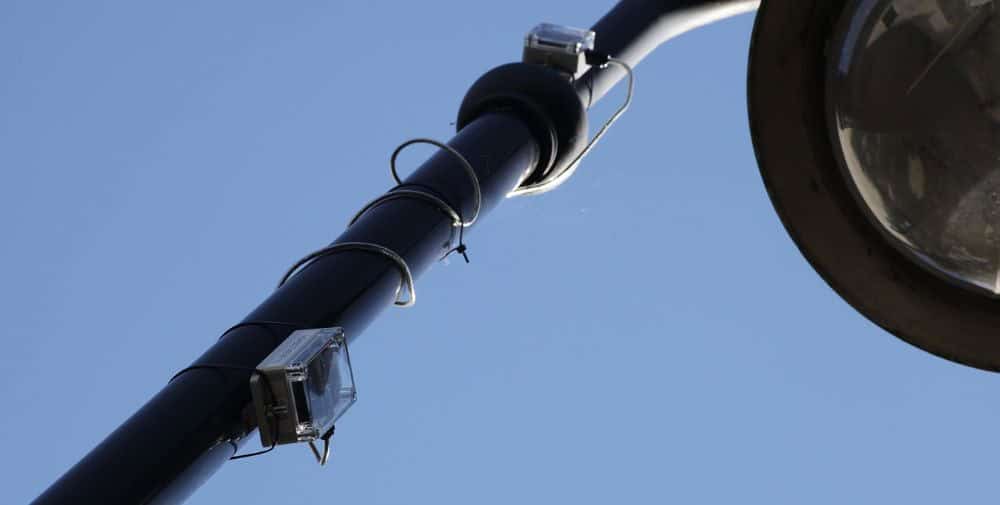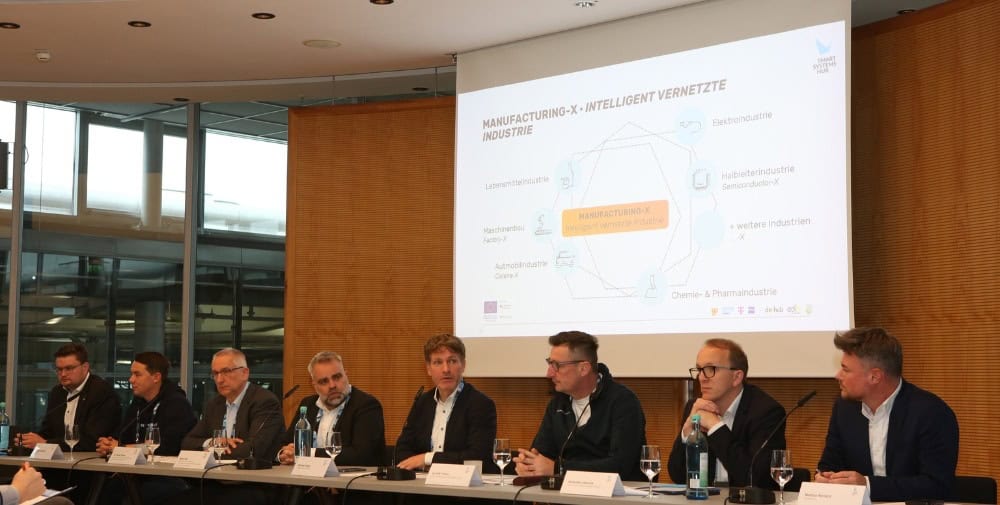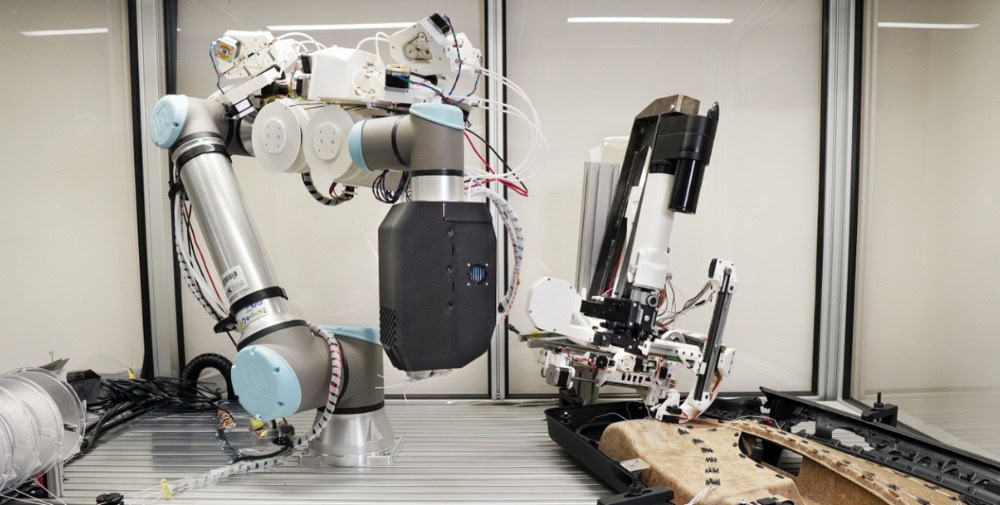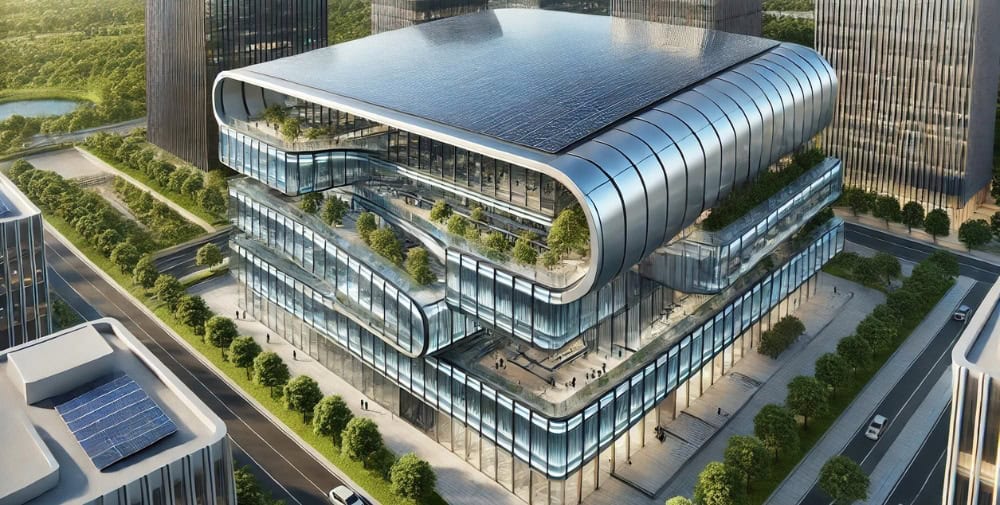
In addition to the use of intelligent sensor systems for such applications, IMMS has been particularly involved in data processing and quality assurance for further use. These solutions are incorporated into smart city applications that IMMS is developing in the thurAI research project. This collaboration between IMMS, TU Ilmenau and FSU Jena is concerned with the application and transfer of AI methods in practice – including in the fields of healthcare and medical technology as well as production and quality assurance. In thurAI, IMMS and TU Ilmenau have set up a “LivingLab” in Ilmenau for the topic of Smart City together with the city. The practical examples of smart city projects will continue to be used for demonstration purposes after the end of the project. Although the term “intelligent, i.e. smart city” is regarded as a symbol for the municipality of the future, efforts in this area are actually intended to make everyday life easier for citizens in the long term.
However, applications must become visible for this to happen. A prime example of this is street lighting monitoring in the Jesuborn district of Ilmenau. Here, existing lamps are monitored by sensors for possible defects. This means that the lighting network can be permanently checked for functionality without the need for inspection trips. The advantage for residents is that the prompt replacement of defective lamps increases safety, especially in the darker months of the year. The solution developed in the project consists of energy self-sufficient sensor nodes that can be retrofitted to any light pole. The sensors communicate their measurement data via a data collector on site to a central computer, on which the defect detection takes place as a processing step.
The IMMS measurement systems have a completely different practical value for the tourist triumvirate of Frauenwald, Manebach and Stützerbach. One of the trademarks of the three southern districts of Ilmenau is the good air. The vacation resorts must therefore regularly undergo certification, which includes measuring particulate matter pollution. The German Weather Service (DWD) carries out analyses at annual intervals for this purpose. The results are accumulated measurements of particulate matter pollution over the entire period under consideration. However, it is not possible to draw conclusions about causal events or fluctuations within the period. This is where the scientists at IMMS came in to develop a system that uses inexpensive sensor technology to enable continuous particulate matter monitoring at various locations in the respective district in order to detect the causes of fluctuations in particulate matter pollution and, if necessary, take countermeasures at an early stage. Energy self-sufficient wireless sensor nodes with solar operation and a buffer battery were developed for this purpose, which measure particulate matter in four granulate sizes using an optical sensor and also collect microclimate data. The processed measurement data is made available to the tourism administration and citizens graphically and online in real time.
Noise is also a relevant issue for local authorities. Administrations that approve events and construction measures must observe noise immission control, impose corresponding conditions, monitor compliance with the statutory limits and conditions and process complaints. Traditionally, noise pollution is recorded on site in random samples using qualified measurement technology in accordance with the specifications of the relevant legal standard, the Technical Instructions on Noise Abatement (TA Lärm), i.e. at comparatively great expense and with the deployment of field staff. However, conventional measurement technology is expensive, requires specialist personnel and is only intended for selective monitoring. Systems such as those developed by IMMS in the preliminary “StadtLärm” project with partners from the region Bischoff Elektronik GmbH, Fraunhofer Institute for Digital Media Technology IDMT and Software-Service John GmbH, on the other hand, can provide conclusions from continuous, area-wide monitoring. The noise monitoring system permanently records noise data over a large area using distributed sensors and is intended to provide the municipal authorities with the level and type of noise events. The information is helpful for future urban planning decisions and safety-related measures. The system is currently being used in Gelsenkirchen, for example, around the Veltins Arena.
“At IMMS, we used the thurAI project to prepare the hardware for an expansion of the noise monitoring system. There are 15 sensor nodes ready. Fraunhofer IDMT will be working on AI-based acoustic event detection and traffic counting for these sensors in a follow-up project. The aim is to improve the monitoring systems and test them in Ilmenau,” explains Dr. Tino Hutschenreuther, Head of System Design at IMMS.
“These three practical examples illustrate very clearly what we mean by a ‘smart city’. The projects in this area are not for self-employment, but address real municipal problems. I am convinced that a municipality only becomes a smart city when its inhabitants can derive everyday benefits from technical efforts. This is definitely the case with street lighting and air quality,” said Ilmenau’s Lord Mayor Daniel Schultheiß.
Contact
City Administration Ilmenau
Public Relations
Am Markt 7
98693 Ilmenau
Phone: +49 3677 600-112 | Fax: +49 3677 600-200
Email: pressestelle(at)ilmenau.de
– – – – – –
Further links
👉 www.imms.de
👉 www.ilmenau.de
Photo: IMMS




